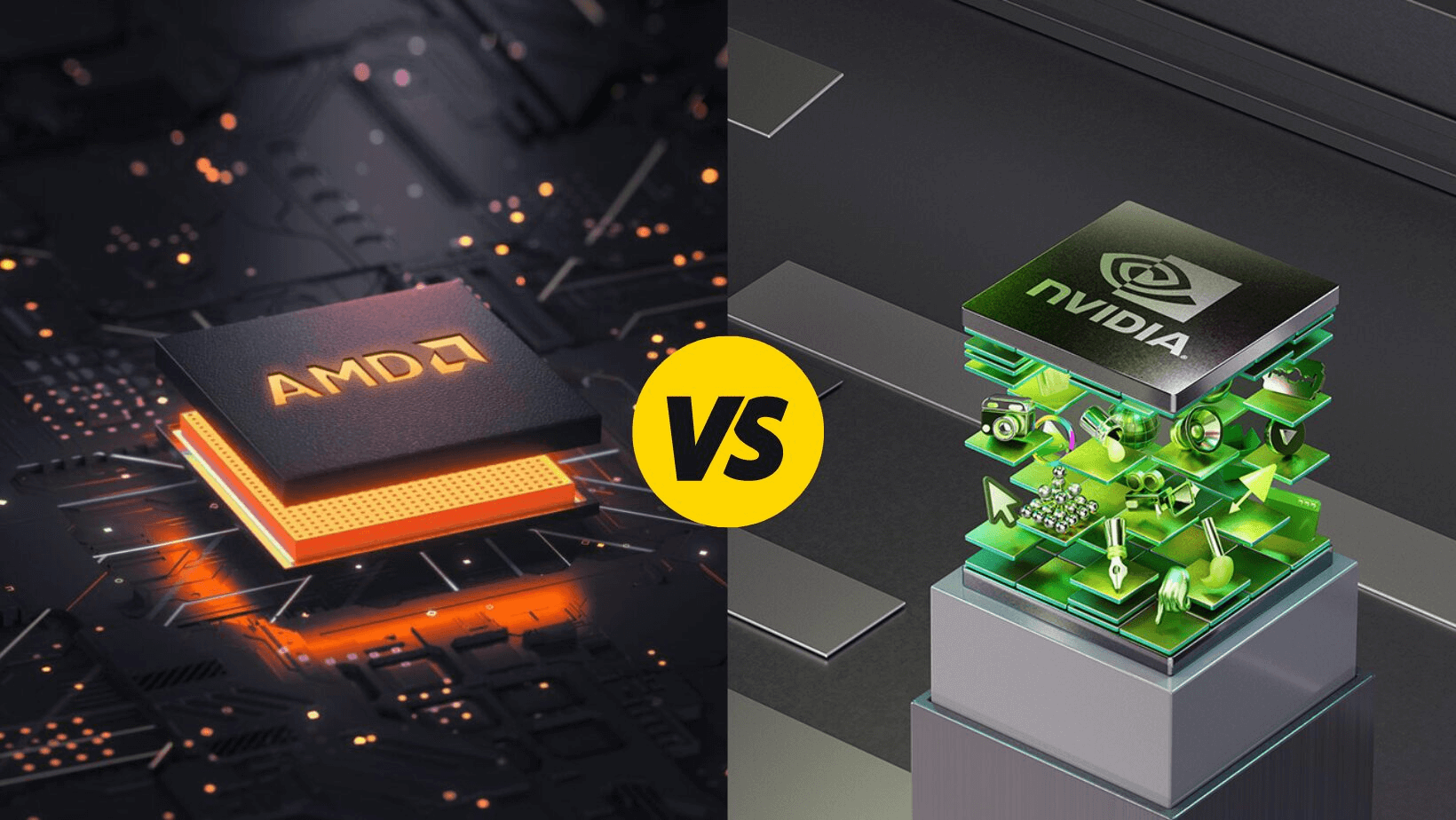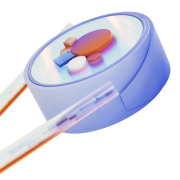Powering the Future: Top 5 GPUs for AI (Artificial Intelligence) in 2024

Kevin Dwyer
May 8, 2024
5 min read
The world of artificial intelligence (AI) is quickly reshaping the future of business and the online world with advances in the tech happening at a breakneck pace thanks to AI’s ability to learn at an exponential rate. At the heart of this revolution lies a powerful piece of hardware: the Graphics Processing Unit (GPU). Originally designed to enhance computer graphics, GPUs have become a critical tool for accelerating AI tasks like deep learning and machine learning. For crypto enthusiasts interested in building or using Web3 protocols that leverage AI for operations, validation, or security, understanding GPUs is crucial. Let's dive into why AI utilizes GPUs, explore the top contenders in the market, and see how these choices can affect blockchain projects.
Why Are GPUs the Go-to Choice for AI?
Traditional Central Processing Units (CPUs) excel at handling single tasks with high clock speeds. However, AI thrives on parallel processing of massive datasets. This is where GPUs shine. Packed with thousands of cores, GPUs can tackle complex AI algorithms and enormous datasets simultaneously, significantly accelerating training and inference times. Here's a deeper look at the key advantages GPUs offer over CPUs for AI applications:
- Parallel Processing Power: GPUs boast thousands of cores compared to a CPU's handful. This allows them to churn through massive datasets and complex AI computations much faster.
- Memory Bandwidth: GPUs have significantly higher memory bandwidth than CPUs. This is essential for AI tasks that require frequent data access during processing, minimizing bottlenecks and speeding up computations.
- Specialized Hardware: Many high-end GPUs feature Tensor Cores, hardware specifically designed to accelerate AI workloads and deep learning processes. These cores significantly improve performance for AI-specific tasks.
Selecting the Right GPU for AI: Best Performance vs. Budget
The "best" GPU for AI depends on your specific needs and budget. For large-scale, professional AI projects, high-performance options like the NVIDIA A100 reign supreme. These powerhouses deliver unmatched processing speed, but come with a hefty price tag. For hobbyists or those starting with AI, powerful consumer-grade options like the NVIDIA RTX 4090 or AMD Radeon RX 7900 XTX offer excellent performance at a more reasonable cost. These GPUs can handle a wide range of AI tasks, making them a good choice for exploring the world of AI development or staking projects that utilize AI for validation.
For those on a tighter budget, there are still ways to get started with AI. Consider exploring previous generation GPUs like the NVIDIA GTX 1080 Ti or AMD Radeon RX 5700 XT. These GPUs, while not the latest and greatest, can still handle basic AI tasks and serve as a good entry point for learning and experimentation.
Renting GPU Power for AI Projects
Cloud-based GPU rental services are another option for those who don't want the upfront cost of purchasing a GPU. These services allow you to rent access to powerful GPUs on a pay-as-you-go basis, ideal for occasional AI projects or for supplementing your current GPU's capabilities when tackling particularly demanding tasks.
Learn more about GPU options for developers
The Battle of the Brands: AMD vs. NVIDIA
 Source: Exit Technologies
Source: Exit Technologies
The two major players in the GPU market are AMD and NVIDIA. Both offer excellent options for AI applications. NVIDIA GPUs have traditionally dominated the high-performance segment with their Tensor Cores and CUDA programming framework, a popular platform for AI development. However, AMD is making significant strides. Their latest Radeon RX 7000 series offers competitive performance at a potentially lower cost than comparable NVIDIA options. Ultimately, the best choice depends on your specific needs, budget, and the software you plan to use. Some AI frameworks may have better optimization for one brand over the other.
GPUs for Generative AI: Powering the Future of Creativity
Generative AI, a field that uses AI to create entirely new data like images or music, is a rapidly growing area. For tasks like generating realistic images or creating high-quality audio, a powerful GPU with significant memory is recommended. The high-end options on this list, like the NVIDIA RTX 4090 or NVIDIA A100, are ideal for generative AI due to their ability to handle complex workloads and massive datasets. These GPUs can accelerate the creative process and produce stunning results.
Top 5 GPUs for AI in 2024: A Closer Look
Here's a curated list of 5 top-performing GPUs for AI in 2024:
- NVIDIA A100: The undisputed champion for professional AI tasks. It boasts exceptional processing power, Tensor Cores for deep learning, and high memory bandwidth. However, its high price tag makes it ideal for large-scale research or commercial applications.
- NVIDIA RTX 4090: This top-of-the-line consumer GPU offers excellent performance for a wider range of users. It features Tensor Cores, DLSS technology for enhanced image quality, and ample memory for tackling demanding AI workloads.
- NVIDIA RTX A6000: A powerful professional GPU that strikes a good balance between performance and cost. It boasts Tensor Cores for deep learning acceleration and enough memory for handling large datasets. This makes it a solid choice for professionals or researchers working on complex AI projects.
- AMD Radeon RX 7900 XTX: AMD's latest flagship delivers competitive performance for AI tasks at a potentially lower cost than comparable NVIDIA options. It offers strong processing power and ample memory, making it a compelling option for budget-conscious AI enthusiasts or those working on personal projects.
- NVIDIA RTX 3080 (Previous Generation): While not the newest model, the NVIDIA RTX 3080 remains a powerful and cost-effective choice for beginners or those on a tighter budget. It can handle a variety of AI tasks, especially when considering the used market or potential price drops on previous generation models.
This list provides a range of options to suit different needs and budgets. Remember, the "best" GPU ultimately depends on your specific project requirements and financial constraints.
Final Thoughts
The rise of AI hinges on the processing muscle provided by GPUs. From professional researchers to blockchain x AI developers, there's a perfect GPU out there to fuel your AI endeavors. Understanding the strengths of various GPUs allows you to pick the ideal hardware for your project, budget, and chosen software. Happy building!
Join the Conversation on Ankr’s Channels!
Twitter | Telegram Announcements | Telegram English Chat | Help Desk | Discord | YouTube | LinkedIn | Instagram | Ankr Staking



